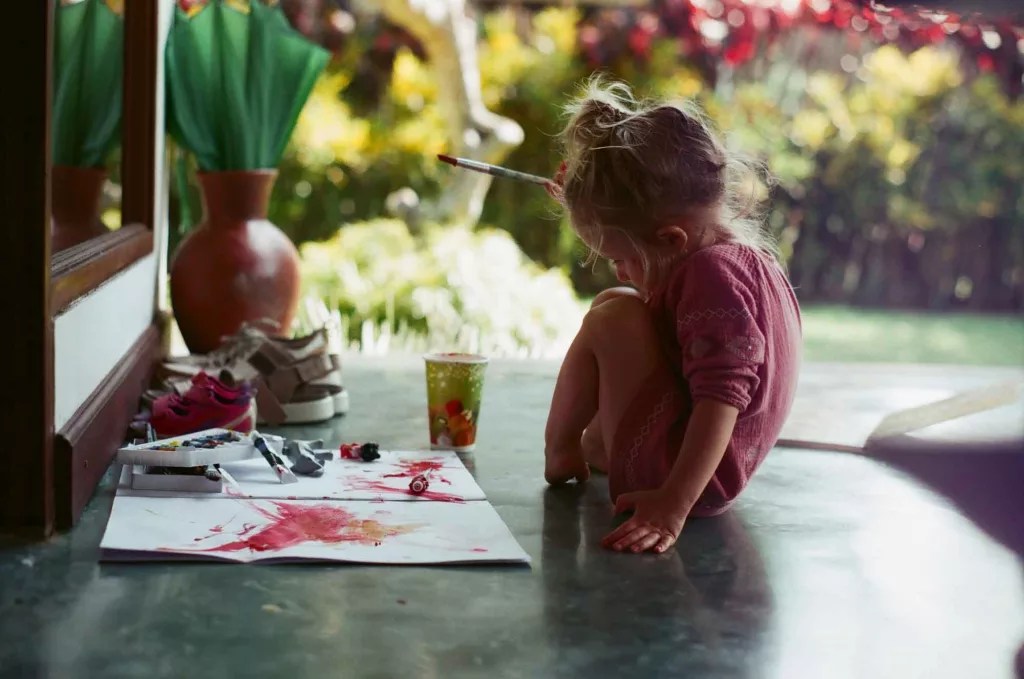It’s National Reconciliation Week and if you’re not sure how to explain this significant event to your little ones, we’ve jotted down some helpful starting points for you.
By Mama Disrupt®
We are raising the next generation, and a huge part of that is talking to them about our history.
National Reconciliation Week is the perfect time for our kids to learn about our shared histories, cultures, and achievements. To explore how each one of us can contribute to achieving reconciliation in Australia.
It’s all about fostering respect, understanding, and unity between all Australians – regardless of their heritage.
“WE ARE NURTURING OUR FUTURE GENERATIONS TO BE KIND, EMPATHETIC, AND FAIR, CONTRIBUTING TO A SOCIETY WHERE EVERYONE IS TREATED EQUALLY AND WITH DIGNITY.”

Teaching our kids about National Reconciliation Week is a valuable chance to instil in them the importance of empathy, fairness, and respect for diversity.
So, let’s dive in and see how we can make this week a rich learning experience for our little ones.
1. Start with a Story
Children love stories.
Begin with Aboriginal and Torres Strait Islander folktales, legends, and contemporary stories. This not only familiarises kids with the rich oral tradition and history of the indigenous people but also helps them understand their beliefs, culture, and connection to the land and sea.
Books like “Welcome to Country” by Aunty Joy Murphy, “The Rabbits” by John Marsden and Shaun Tan, or “Stolen Girl” by Trina Saffioti are excellent starting points.
2. Explore Through Art and Craft
Art is a wonderful way for children to express their understanding and emotions. After reading the stories, you can organise art and craft activities inspired by Aboriginal and Torres Strait Islander art.
You can find plenty of ideas online, from dot painting to creating Dreamtime storyboards. Remember, it’s not about copying or appropriating, but rather about appreciating and understanding.

3. Engage with Music and Dance
What’s a better way to connect kids with culture than through the rhythm of music and dance?
Torres Strait Islander dances or playing the didgeridoo can be a fun-filled way to demonstrate the vibrant aspects of indigenous culture. You could also listen to contemporary Aboriginal musicians, fostering appreciation for the ongoing contributions of these communities to Australian society.
4. Attend Local Events
Look out for National Reconciliation Week events in your local community. This could be talks, walks, film screenings, or cultural performances. It’s a great way to participate actively and engage your child with the community.

5. Show Them Real Examples
Talk about contemporary figures from the Aboriginal and Torres Strait Islander communities who have made significant contributions.
Role models such as Cathy Freeman, Adam Goodes, Evonne Goolagong, or Jessica Mauboy can inspire and teach children that everyone, irrespective of their background, can achieve great things.
It’s essential to approach teaching National Reconciliation Week with honesty, respect, and openness. Use age-appropriate language and always encourage questions.
Remember, we are nurturing our future generations to be kind, empathetic, and fair, contributing to a society where everyone is treated equally and with dignity.
Sign up to our newsletter for weekly mama goodness delivered straight to your inbox, like the VIP that you are.





